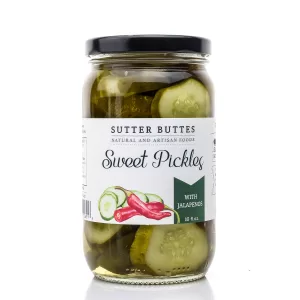Why Are California Olives in High Demand

California olives are in high demand due to varied reasons. They are the staple of American agriculture and a versatile ingredient in kitchens. They are the products with growing global appeal. The state of California produces over 95% of all olives grown in the USA. They play a crucial role in the culinary culture and economy of the state.
The demand for California olives remains steady and often surges for several reasons:
California olive growers follow strict agricultural practices that ensure high quality. The fruit is typically machine-harvested and processed within 24 hours to lock in freshness. This reliability makes them a go-to for food producers and restaurants.
- They are available all round the year due to the climate.
- Olives that grow here benefit from long, dry summers and mild winters, ideal for consistent production.
- This makes California olives a dependable supply source for domestic and international buyers.
- From black ripe olives used in canned goods to green olives cured for table use, California produces varieties that cater to every kind of cuisine.
- Their mild flavor and smooth texture make them a favorite among chefs.
People now seek heart-healthy fats and plant-based snacks. Olives are gaining popularity for their monounsaturated fats, antioxidants, and low carb content. California olives, often non-GMO and free from artificial additives, are the best options that fit neatly into these trends.
What Are the Common Uses of California Olives?
Most people encounter California olives as sliced black olives on pizzas, in salads, or mixed into ready-to-eat meals. Their consistent size, pit-free convenience, and shelf stability make them ideal for mass-market food production.
Many California green olives are cured and jarred for direct consumption. Whether stuffed with garlic, jalapeño, or pimento, they make easy appetizers and cocktail garnishes.
Olive Oil Production
Though traditionally overshadowed by Mediterranean producers, California is becoming a major player in olive oil. Small-batch, high-quality extra virgin olive oils are increasingly produced from locally grown olives.
Foodservice and Restaurants
Restaurants favor California olives for their predictable taste and texture. From Mediterranean dishes to modern fusion cuisine, olives are a common ingredient on menus across the U.S.
California olives aren’t just a crop, they’re a culinary asset. Their wide range of uses, consistent quality, and alignment with health-conscious eating make them a high-demand ingredient across multiple industries. As interest in clean, plant-based foods grows, California olives are likely to become even more prominent in both home kitchens and commercial food production.








